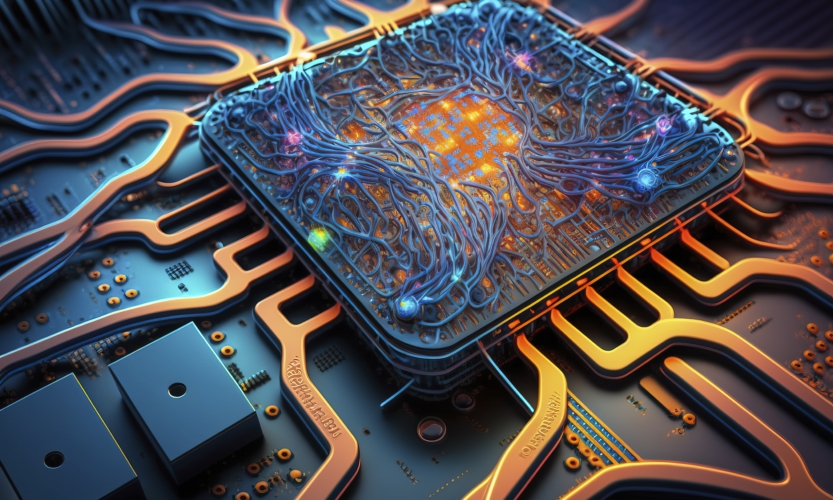Intelligent machines

Automated quality control without much human involvement? Yes with neural networks, or machine learning.
Smart machines and their use
Most people imagine intelligent machines as robots, similar to humans in shape and the way they move, speaking in a metallic voice without proper modulation and diction. Meanwhile, the intelligent machines that can be found today do not look like this at all. Most often, their appearance is adapted to the tasks for which they were created.
Many people don’t realize that they use their artificial intelligence in their homes, if only through search engines, digital assistants on their phones or computers, but also when shopping online. There is also artificial intelligence used in an economic sector such as industry. An example is quality control systems that autonomously recognize colors shapes or the position of various items on production lines. Typically, their operation is based on the coupling of a vision system consisting of a camera with a machine. Machine vision makes it possible to inspect and sort objects according to various criteria. These systems will successfully find application as: quality control of cosmetics, quality control of packaging or more advanced inspections like quality control of frontal defects of boards. Vision systems are also ideal for quality control in the food or pharmaceutical industries. In addition, they have the potential to further develop and expand into more industries.
The smart machines emerging today are becoming so skillful at quality control and solving problems that once could only be addressed by humans. As a result, the relationship between the intelligent machine and man is changing dynamically. The role of humans is increasingly limited to overseeing the work of machines.
So how does automatic quality control work without much human involvement? It is based on neural networks, or in other words, machine learning.

Machine Learning
Machine learning is a branch of artificial intelligence, in which programs automatically modify their knowledge and procedures to improve performance during the vision-based quality control performed. Here, the programs work by uploading an ideal product sample. Before the inspection is performed, the machine is given a number of sample examples. It learns from them, adjusting its operating strategy to achieve the goal set by a human. Machines perform inspections, gather information and adapt to new situations and deviations from the norm. As a result, their subsequent decisions to remove a defective product from the belt are better than previous ones.

Smart machines from the KSM Vision team
For many years, our team has been in contact with intelligent machines in a variety of industries. The history of our company dates back to 2012, when we started providing specialized solutions and services in the field of shape, displacement and strain measurement, as well as designing dedicated measurement systems. We have worked intensively, conducted research and development work aimed at developing and optimizing automatic vision-based quality control systems. Our offer includes systems that are intelligent machines. These devices easily integrate into production lines in the plant, provide access to information or reports, and enable flexible response to changing market needs.
At KSM Vision, we design our solutions from the very beginning so that our customers receive a proven and safe product. We deploy the best quality vision inspection systems on customers’ production lines, which combine innovative optics with advanced automation, electronics and dedicated software. The software is available in a specially dedicated web application, which allows production optimization and provides remote access to databases and analysis. In addition to vision-based quality control systems, our scope of activities also includes industrial radiography, specifically X-ray quality control.

